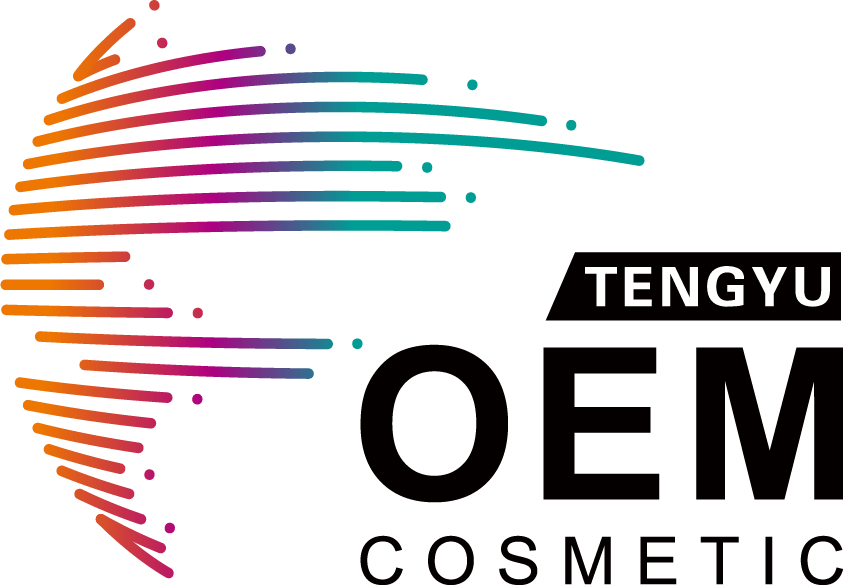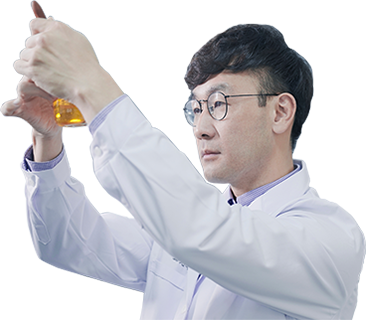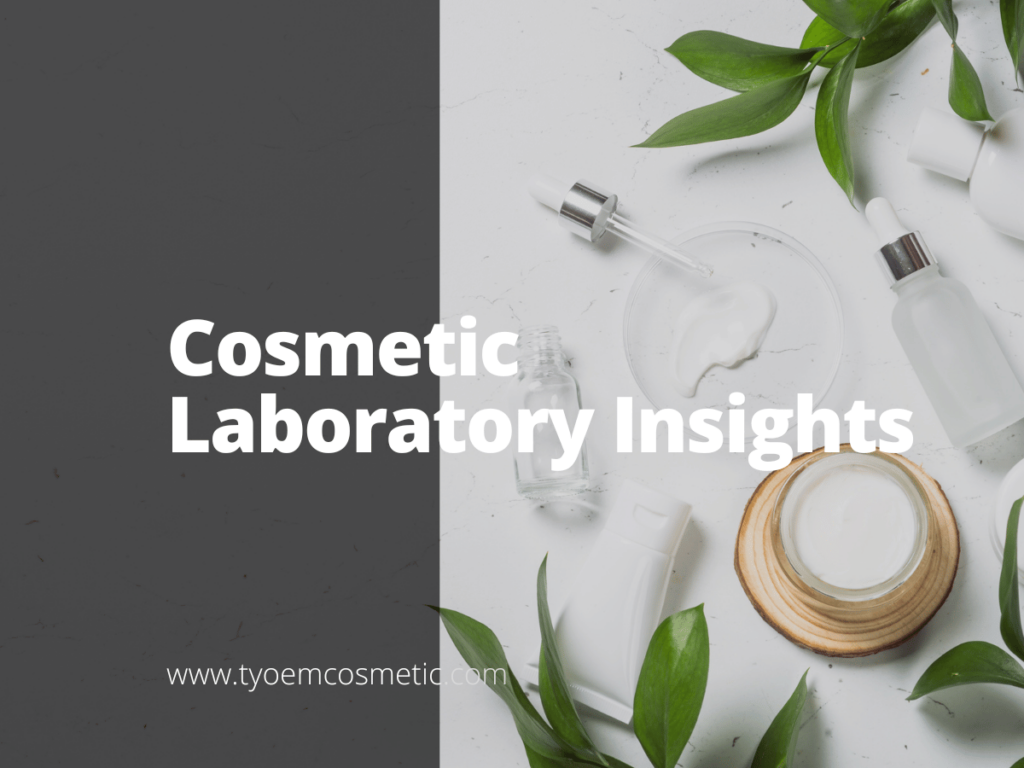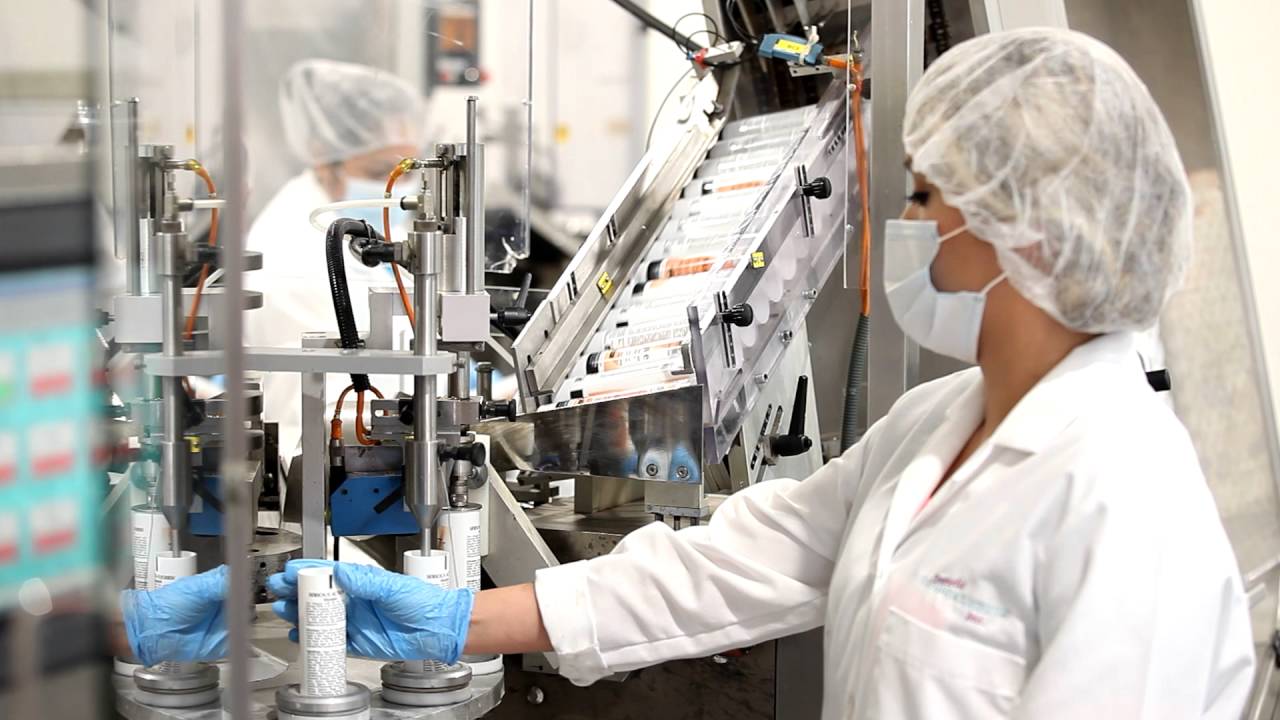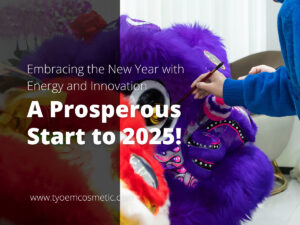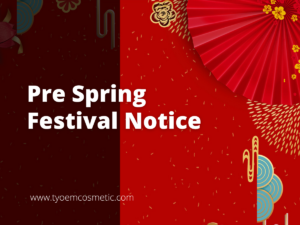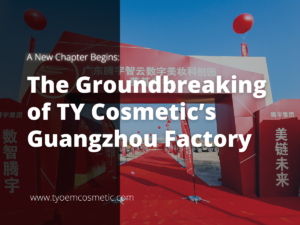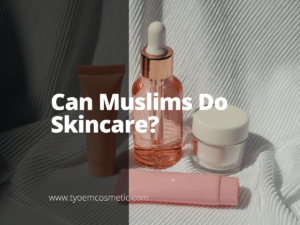Have you ever wondered what groundbreaking discoveries are made within the walls of a cosmetic laboratory?
With years of experience in cosmetic science, I bring a wealth of knowledge about the latest industry advancements.
In every cosmetic laboratory, there’s constant research for innovation and excellence.
These spaces are not just about creating products, but about revolutionizing how we recognize and achieve beauty.
In this post, we’ll dive into some of the most exciting trends and breakthroughs coming out from cosmetic laboratories.
Stay tuned to reveal the secrets of beauty innovation.
1. Inside a Cosmetic Laboratory: An Overview
In a cosmetic lab, creativity meets strict science as chemists and researchers collaborate to craft beauty products. Witnessing the emergence of a new product, possibly a beauty sensation, is incredibly exciting. This excitement is backed by data from Fortune Business Insights, which shows that the global cosmetics market is expected to reach $417.24 billion by 2030, with a CAGR of 4.2%.
Advanced technology in cosmetic labs is key for ensuring product stability and the effectiveness of ingredients. For example, spectrophotometers might be used to precisely match skin tones for foundation shades or to ensure the consistency of a product’s color. Moreover, collaboration is key in a cosmetic laboratory. Teams of experts bring multiple skills and perspectives, leading to innovative solutions and breakthroughs.
2. The Science Behind Cosmetics
At the heart of every cosmetic product is a complex blend of science and creativity. The process begins with formulation chemistry, where scientists experiment with different combinations of ingredients to achieve the desired texture, scent, and effectiveness. This careful process ensures that each product not only looks and feels good but also performs its intended function effectively.
Beyond formulation, the science behind cosmetics encompasses understanding skin biology and ensuring product safety.Dermatological testing is vital for evaluating a product’s impact on the skin, especially for those making specific claims such as anti-aging or moisturization. My philosophy is that beauty in cosmetics comes from safety and efficacy, ensuring products are both visually appealing and skin-friendly.
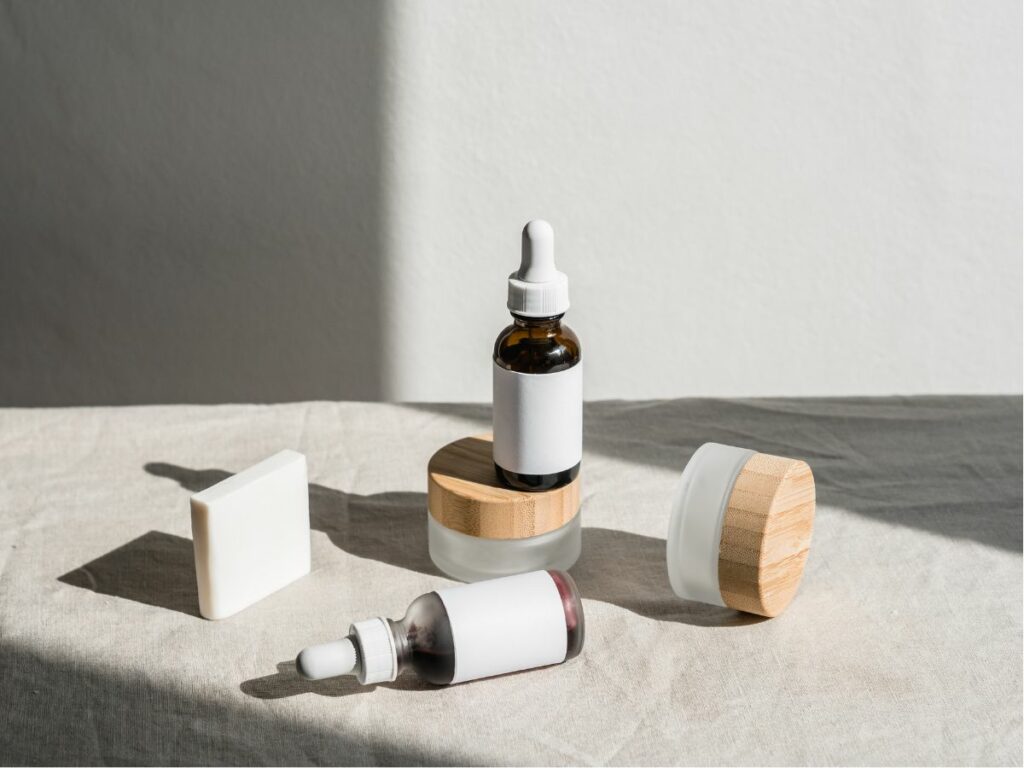
3. Innovation and Technology in Cosmetic Labs
Shifting from cosmetic science, the next focus is on latest innovations and technologies revolutionizing cosmetic labs, enhancing product efficacy and sustainability. Here are the key technological advancements:
Biotechnology in Ingredient Development
Biotechnology is revolutionizing ingredient development in cosmetics. By using living organisms, like bacteria or enzymes, scientists can create more effective and sustainable ingredients. This approach allows for the development of unique compounds that are difficult to produce synthetically. It is used to create antioxidants and peptides that are more compatible with the skin, enhancing the effectiveness of anti-aging products.
The table below delves into the role of biotechnology in ingredient development for cosmetics, showcasing how it leverages living organisms to create more effective, sustainable, and skin-compatible ingredients, particularly beneficial for anti-aging products.
| Aspect of Biotechnology in Cosmetics | Description | Impact on Product Effectiveness |
| Use of Living Organisms | Utilizing bacteria or enzymes to produce cosmetic ingredients, offering a more natural and sustainable method of development. | Enhances Sustainability: This approach reduces reliance on synthetic processes, contributing to more environmentally friendly ingredient production. |
| Development of Unique Compounds | Biotechnology enables the creation of unique and complex compounds, such as certain antioxidants and peptides, which are difficult to synthesize traditionally. | Increases Ingredient Efficacy: These unique compounds can be more effective in targeting specific skin concerns, particularly in anti-aging products. |
| Skin Compatibility | Ingredients developed through biotechnology are often more compatible with the skin, minimizing irritation and increasing product effectiveness. | Improves Skin Health: Better skin compatibility ensures that the products are gentle yet effective, enhancing overall skin health and appearance. |
Artificial Intelligence and Personalization
Artificial Intelligence (AI) is transforming the cosmetic industry by enabling highly personalized skincare and makeup solutions. AI algorithms analyze consumer data to tailor products to specific skin types and concerns. This technology ensures products are more effective and closely aligned with individual consumer needs.
Sustainable Manufacturing Processes
Sustainable manufacturing in cosmetic laboratories focuses on reducing environmental impact. This involves using renewable resources, minimizing waste, and conserving energy. For example, some labs use solar energy for production or adopt water-saving technologies. These practices help protect the environment and also meet the increasing demand from consumers for eco-friendly products.
Advanced Testing and Safety Measures
Advanced testing methods are essential in ensuring the safety and use of cosmetic products. Techniques like chromatography and spectrometry are used to analyze the purity and composition of ingredients. Safety tests, including dermatological and allergy tests, are rigorously conducted to ensure products are safe for consumer use.
Digital and Virtual Reality Tools
Digital and virtual reality tools are redefining product development and customer experience in the cosmetic industry. Virtual reality (VR) and augmented reality (AR) technologies allow customers to virtually try on makeup, leading to more informed purchasing decisions. Seeing customers interact with these technologies always reminds me of the magic and innovation that drives our industry forward.
4. Safety and Testing Protocols
Building on the advancements achieved in cosmetic labs, the next crucial aspect is ensuring the safety and efficacy of these products. Here are the key protocols that form the foundation of product reliability:
Ingredient Safety Assessment
This process involves a thorough evaluation of each ingredient used in cosmetic formulations for safety. It includes understanding the toxicological profile of ingredients and their potential impact on human health. Researchers analyze how these ingredients interact with each other and their long-term effects on the skin. This step is important in ensuring that cosmetics are not only effective but also safe for continuous use.
Dermatological Testing
Dermatological testing is conducted to ensure that cosmetic products do not cause unpleasant reactions when applied to the skin. It includes patch testing for allergies, irritation tests, and sometimes even clinical trials under dermatologist supervision. Having observed these tests firsthand, I can affirm their importance in ensuring the safety and suitability of products for all skin types.

Stability Testing
Stability testing checks if cosmetic products stay safe, work well, and keep their quality over time. It looks at how things like heat, light, and moisture might change the product while it’s on the shelf. TY Cosmetic does stability testing to make sure their products are always safe, effective, and of high quality. We consider how temperature and humidity can affect them to choose the best packaging and set the right expiry dates.
Regulatory Compliance Testing
Compliance testing ensures that cosmetic products follow the rules made by health and safety groups. This involves checking for illegal substances, making sure labels are correct, and following safety rules. Different places have their own rules, so products need to be tested for each market. This step is important to avoid legal problems and keep customers’ trust.
Consumer Usage Testing
Consumer usage testing involves real-world testing of the product by potential consumers. This phase provides insights into how the product performs under normal usage conditions. Feedback obtained can highlight any practical issues or consumer preferences, leading to further refinement of the product. This testing is key to ensuring the product meets consumer expectations and market needs.
5. Sustainable Practices in Cosmetic Laboratories
Transitioning from strict safety and testing protocols, it is essential to acknowledge the integral role of sustainable practices in these innovation centers. Here are the vital sustainability areas impacting cosmetic labs:
Eco-Friendly Ingredients
Eco-friendly ingredients are essential in sustainable cosmetic laboratories. These ingredients are sourced from renewable resources and have a minimal impact on the environment. The focus is on using biodegradable, non-toxic substances that do not harm ecosystems. This approach not only ensures the safety of the product for users but also helps in conserving biodiversity and reducing environmental degradation.
Green Manufacturing Processes
Green manufacturing in cosmetic labs involves adopting processes that reduce waste and conserve energy. Techniques like cold processing and using solar energy help in minimizing the carbon footprint. These processes are designed to be efficient, using fewer resources while maintaining high-quality production standards.
Sustainable Packaging
Sustainable packaging is a critical aspect of eco-conscious cosmetic labs. This involves using materials that are recyclable, biodegradable, or made from post-consumer recycled content. The goal is to reduce the environmental impact of packaging waste. From my perspective, witnessing the shift towards sustainable packaging is not just inspiring but a necessary step towards a greener future in cosmetics.
Ethical Sourcing
Ethical sourcing ensures that ingredients are obtained in a responsible and sustainable manner. This includes respecting the rights of local communities and ensuring fair trade practices. It also involves sourcing from suppliers who adhere to environmental protection standards. Ethical sourcing is crucial for maintaining the integrity of the supply chain and for the overall sustainability of the cosmetic industry.
Waste Reduction and Recycling
Waste reduction and recycling are key in sustainable cosmetic laboratories. Strategies are implemented to minimize waste at every stage, from ingredient sourcing to manufacturing and packaging. Recycling programs are put in place for both raw materials and finished products. These practices not only reduce the environmental impact but also contribute to a more circular economy in the beauty industry.
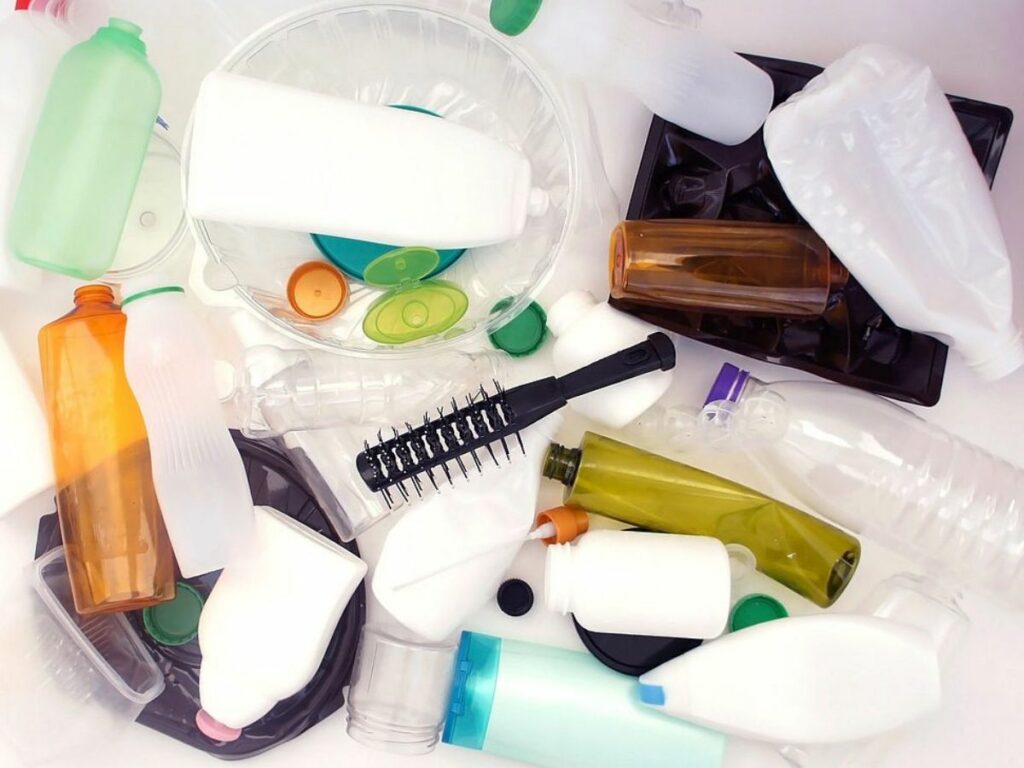
6. Regulations and Compliance
After exploring the sustainable practices, understanding regulations and compliance is essential for maintaining the integrity and success of cosmetic labs in a highly regulated industry. Here are the key areas to focus on:
FDA Regulations (U.S.)
The Food and Drug Administration (FDA) in the United States sets guidelines for the use of ingredients, labeling, and safety testing of cosmetic products. These regulations are crucial for ensuring that products sold in the U.S. market are safe for consumers. In my experience, adhering to FDA regulations has been pivotal in ensuring the trust and safety of our customers.
ISO Standards
International Standards Organization (ISO) standards are a benchmark providing guidelines for quality and safety in cosmetic product manufacturing. These standards encompass various aspects, including raw material quality, product testing, and manufacturing hygiene, which TY Cosmetic rigorously follows. Adherence to ISO standards is a commitment to quality and reliability in the global market.
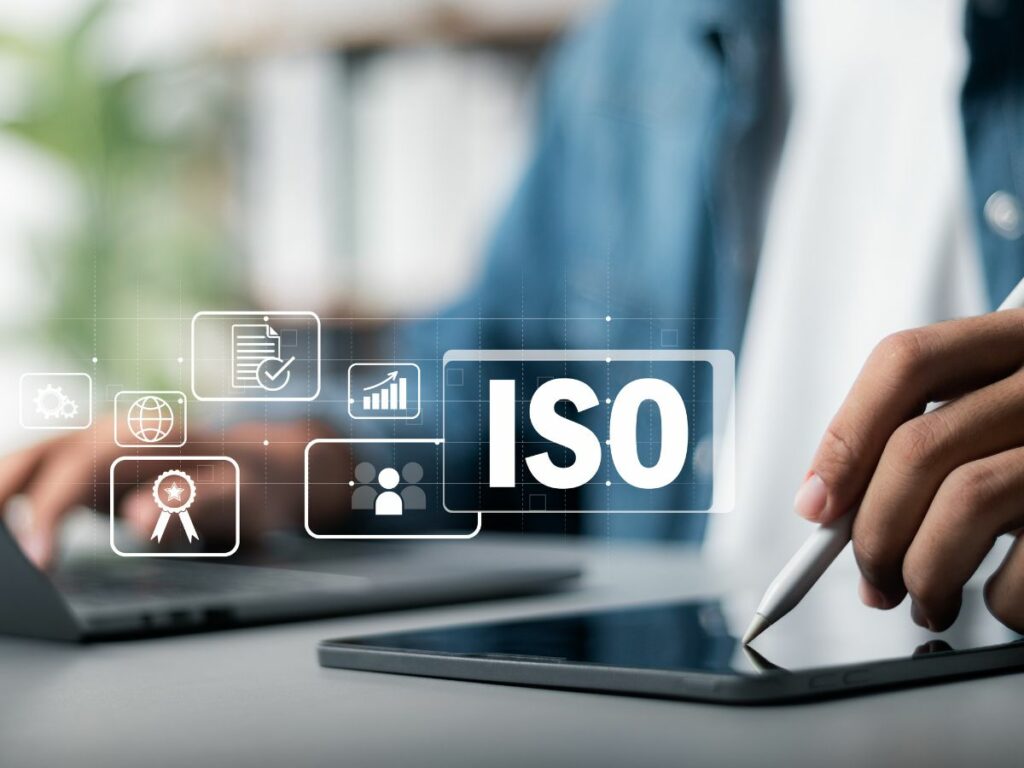
Cosmetic Product Notification Portal (CPNP) in EU
The CPNP is a European Union requirement where all cosmetic products must be registered before being marketed in EU countries. This portal is used to notify authorities about product details, including composition and labeling. This process helps in the monitoring and control of cosmetic products in the EU market, ensuring consumer safety and regulatory compliance.
REACH Compliance (EU)
REACH (Registration, Evaluation, Authorization, and Restriction of Chemicals) is an EU regulation that addresses the production and use of chemical substances. It ensures that chemicals used in cosmetics (and other products) are safe for human health and the environment. Compliance with REACH is crucial for cosmetic manufacturers in the EU, ensuring that their products are free from harmful chemicals.
Labeling Requirements
Labeling requirements for cosmetics vary globally, but they typically include detailed ingredient lists, usage instructions, and safety warnings. These requirements are designed to provide consumers with essential information about the product. Adhering to local and international labeling standards is not just a regulatory necessity, but it also enhances consumer trust and product transparency.
7. The Future of Cosmetic Laboratories
The future of cosmetic laboratories is shaping up to be an exciting blend of science and digital innovation. Advancements in fields like biotechnology, nanotechnology, and artificial intelligence are set to revolutionize product development. We can expect to see more personalized skincare and makeup products, tailored to individual genetic profiles and lifestyle choices.
Sustainability will also play a essential role in the future of cosmetic laboratories. Labs will increasingly focus on adopting green chemistry, eco-friendly packaging, and ethically sourced ingredients due to rising environmental concerns. This benefits both the environment and meets consumer demand for sustainability. Embracing sustainability is not just good for the planet, it’s vital for the longevity and relevance of the cosmetic industry.
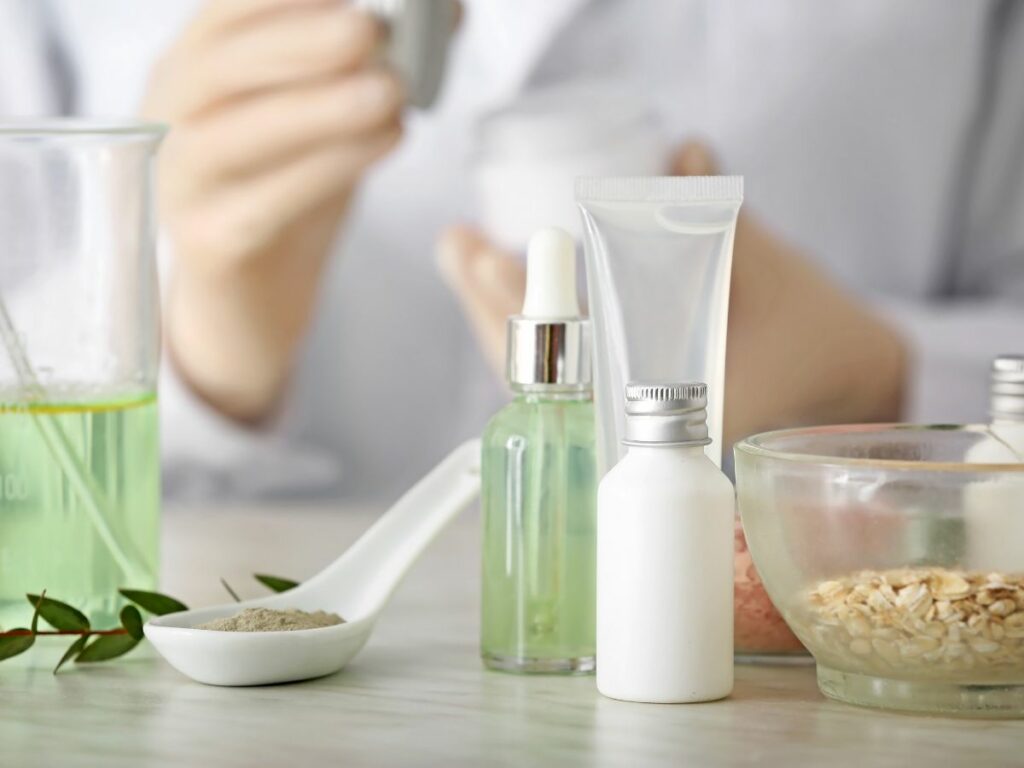
Conclusion
As we’ve explored the dynamic world of cosmetic laboratories, it’s clear how vital these aspects are for the advancement and integrity of the beauty industry. This guide offers a window into the complex processes behind your favorite cosmetics, underscoring the importance of innovation, safety, and sustainability.
To experience the forefront of cosmetic innovation and adhere to the highest standards of quality and safety, consider TY Cosmetic for your next beauty venture. For more information or to collaborate, contact us today.
